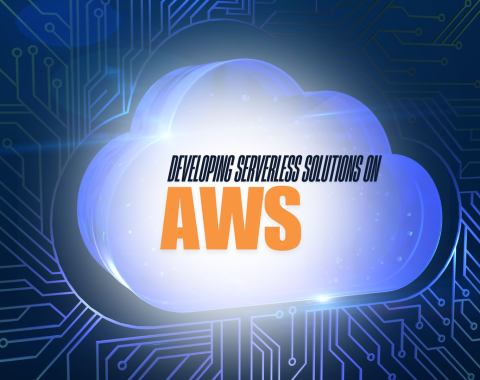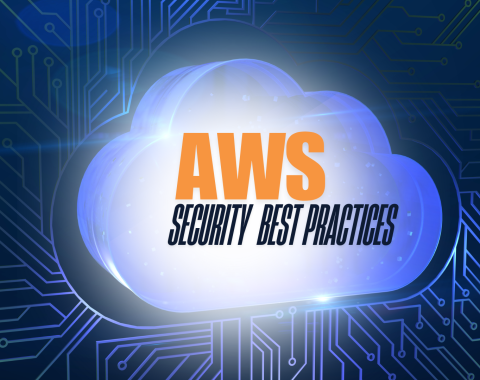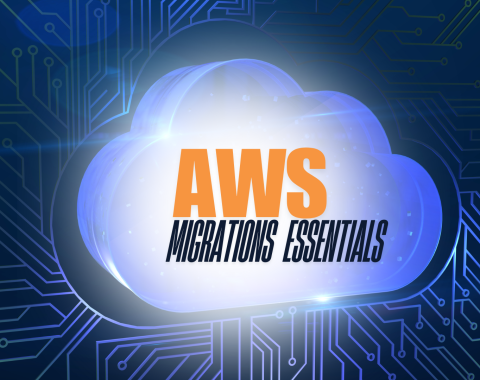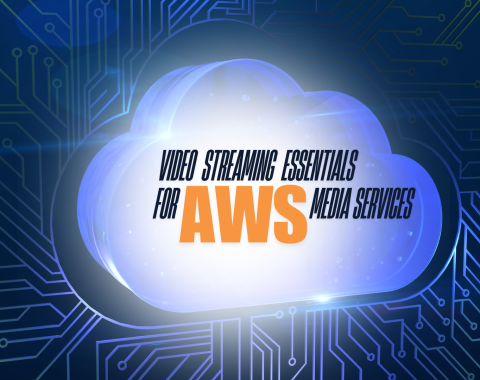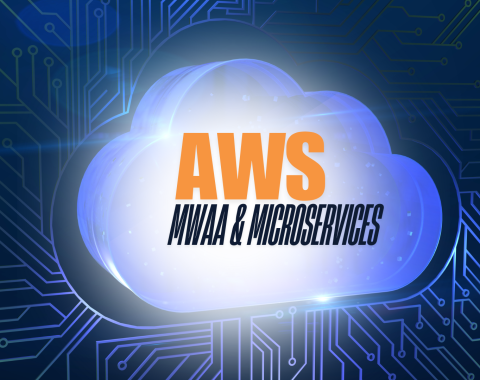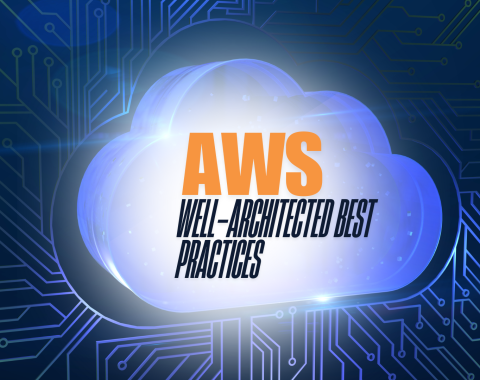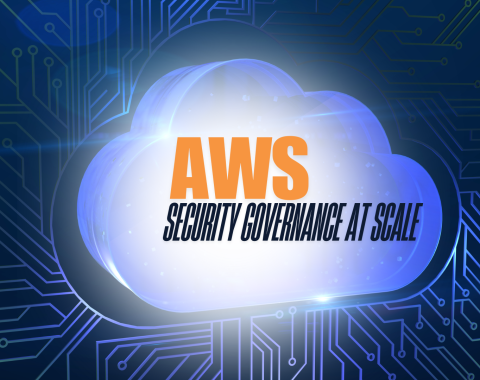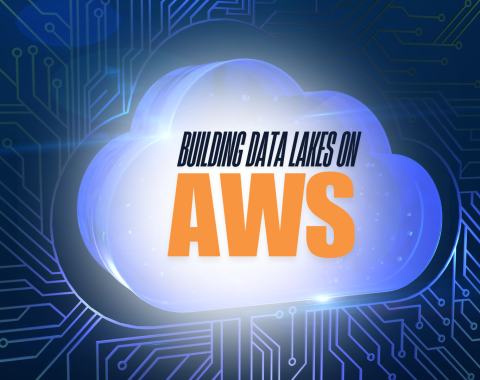Courses
Sort By:
Featured Courses
Show all Start your IT service management journey with the ITIL® 4 Foundation Certification Training course, covering key concepts for creating, delivering,...

Members only
COMPTIA
CompTIA Linux+ certifies the essential skills needed for system administrators supporting Linux systems. This certification is ideal for IT profess...

Members only
Technical Programs
Data Engineering on Microsoft Azure (DP-203T00) provides hands-on experience in building and managing data solutions on Azure. This course covers p...

Members only
Technical Programs
Python Boot Camp for Data Engineer Training is an introductory course designed for individuals looking to learn the fundamentals of Python programm...

Members only
Technical Programs
This bootcamp on DevOps Full Stack provides its participants with in-depth knowledge of various DevOps tools, including Git, Maven, Linux, Shell Sc...

Members only
Technical Programs
Developing Serverless Solutions on AWS provides hands-on experience and best practices for building serverless applications using AWS Lambda and ot...

Members only
Technical Programs
AWS Security Best Practices provides an overview of industry best practices for securing workloads on AWS. This course helps you understand your se...

Members only
AWS Courses
AWS Migrations Essentials provides foundational knowledge for planning and executing lift-and-shift migrations to the AWS Cloud. This course covers...

Members only
Technical Programs
Video Streaming Essentials for AWS Media Services provides best practices for designing and implementing cloud-based video workflows. This course c...

Members only
Technical Programs
AWS MWAA & Microservices provides a foundational understanding of Amazon Managed Workflows for Apache Airflow (MWAA) and microservices architec...

Members only
Technical Programs
MLOps Engineering on AWS extends DevOps practices to machine learning (ML) workflows, focusing on building, training, and deploying ML models effec...

Members only
AWS Courses
AWS Well-Architected Best Practices is an advanced, hands-on course that provides a deep dive into the AWS Well-Architected Framework and how to co...

Members only
Technical Programs
AWS Security Governance at Scale focuses on automating cloud governance to streamline account management, budget enforcement, and security complian...

Members only
Technical Programs
Building Data Lakes on AWS teaches you how to create an operational data lake to analyze both structured and unstructured data. This course covers ...

Members only






